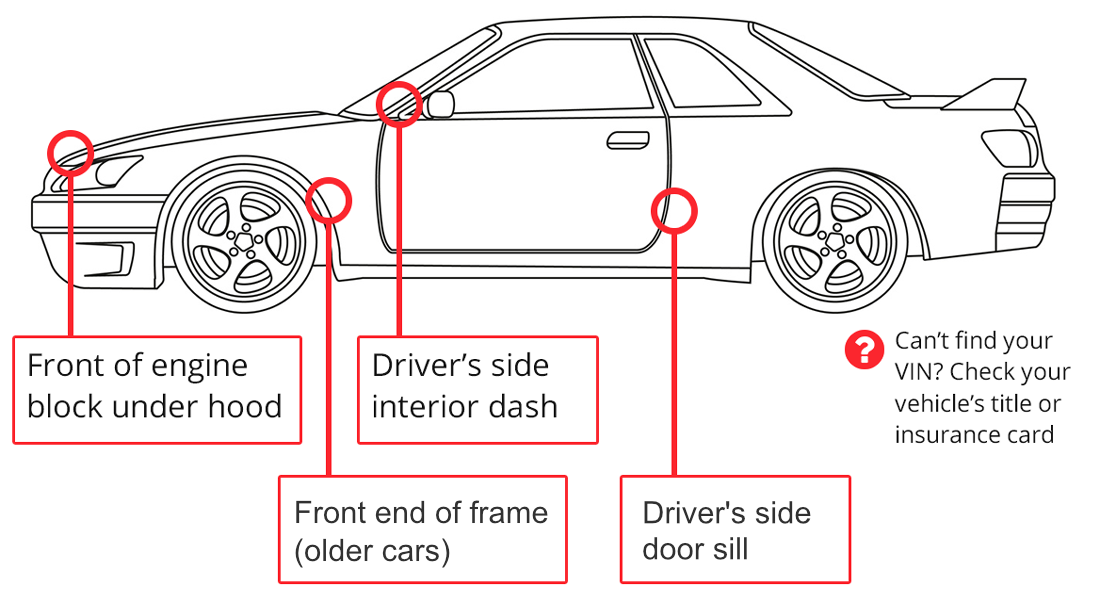When inspecting a car for signs of flood damage, it's crucial to be thorough and methodical. Start by looking for the obvious signs of water damage on the exterior. Look for water staining and any visible signs of prolonged water exposure, such as excessive rust and corrosion, silt residue and water marks. Once you have visually inspected the exterior, you can move on to all of the other areas.

1. Interior
Open the doors and check the interior, looking for water stains on the seats, carpets, and headliner. Pay close attention to the smell; a musty or mildew odor is a strong indicator of water damage. Inspect the floor mats and under the seats for dampness or discoloration. Check the dashboard and instrument panel for any signs of water droplets or fogging, which can indicate that water has entered the electrical systems.
2. Under the Hood
Look under the hood; look for corrosion on the battery terminals, wiring, and other components, as well as any unusual dirt or debris that might have been carried by floodwaters. Examine the engine oil and other fluids for a milky or frothy appearance, which can indicate water contamination.
3. Undercarriage
Look under the vehicle. It is not unusual to see some rust under most preowned vehicles, especially those coming from the East Coast with harsh winter climates; however, there is such a thing as too much corrosion. Keep an eye out for signs of structural damage due to excessive rust and corrosion. Things such as flaking chunks of rust, rust caused holes and deep gouging are common signs of saltwater damage.
Vehicle History Report
Finally, check the car's history report for any records of flood damage and consider having a professional mechanic perform a comprehensive inspection to ensure the car is safe and reliable.






